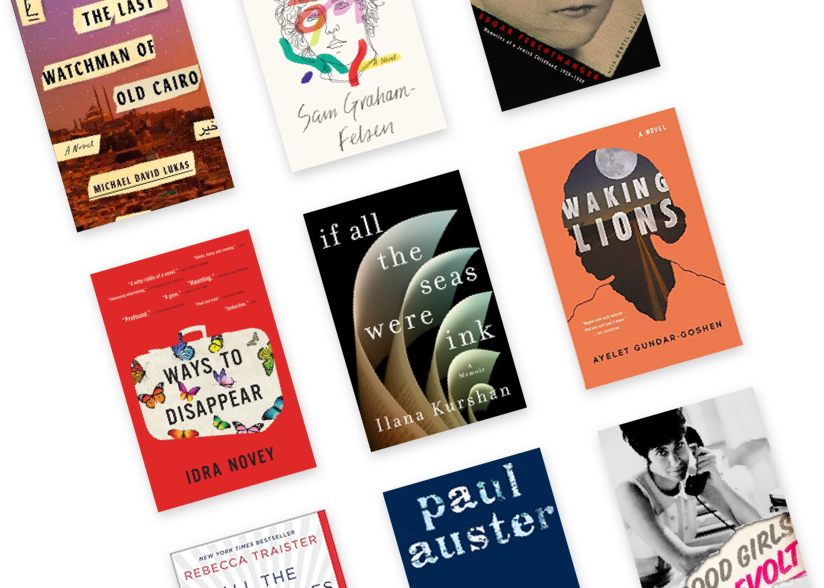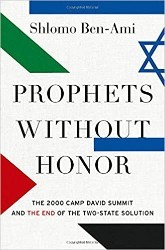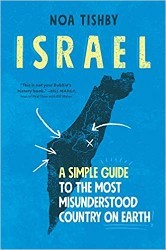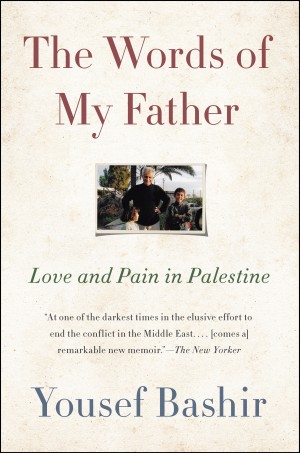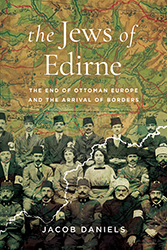Most books about the Israeli/Palestinian conflict today pick sides. Rather than treat the subject with the nuance it deserves, and rather than see all those involved in their full humanity, the authors argue their corner, hoping to persuade their readers. Not so with Ittay Flescher’s newest work, The Holy and the Broken. On nearly every page, Ittay walks patiently with his readers, introducing them to the stories, people, and narratives that make up the conflict. In doing so, he leaves readers with a better appreciation of what is truly at stake when violence breaks out in Israel or Gaza.
Flescher is at heart an educator. He has worked at Kids4Peace in Jerusalem, building bridges between children and teens of different faiths. This work gave Flescher two skills that resound in the book. First, he has learned to cut to the heart of an issue, explaining it succinctly and in a way that his readers will understand. The book conveys complex ideas simply without sacrificing detail and nuance. Second, when Flescher, a Jew, talks about Palestinians, they are not abstract. He knows them, cares for them, and has even comforted them. As such, when he speaks about their hardships, it is not conjecture.
Another thing that makes Flescher’s voice unique is that he is a proud Australian. Like Americans in the US, Australians have had to reckon with the forced displacement of the native population. Yet, whereas most Americans have never dialogued with Native Americans, Flescher has spent time with Australia’s aboriginals. This helps him feel for the Palestinians, even as he is careful not to make overt analogies, knowing that Western colonialism is something entirely different from the history of Zionism. Yet, Flescher believes, just because they don’t perfectly overlap doesn’t mean they don’t have something to teach.
Likewise, the sectarian violence in Israel does not perfectly parallel that of Northern Ireland or South Africa, but both examples are brought forth to show what the hard work of reconciliation, sacrifice, and peacemaking can do for a nation. Flescher yearns for peace and looks to past examples both as models and as platforms for his own hopes.
The Holy and the Broken is a post-October 7th book. Flescher does not pull his punches when talking about the evils of Hamas. At the same time, Flescher is honest about the needless suffering of many Palestinian civilians during the current war. In his view, Israel cannot make peace unless they undergo a moral reckoning with what has happened in their name.
But Flescher has hope. While his answer to the conflict may not speak to all readers— he advocates for a confederacy where people can live in Palestine or Israel but vote with their respective religions — his path to get there will. Flescher speaks passionately about the need for women’s voices in the peace conversation, about changing the narratives in our textbooks, and about journalists paying much more attention to the language they use to frame the conflict (war vs. conflict, West Bank vs. Judea and Samaria, occupied vs. disputed territories).
The book crescendos with two imagined letters, one to an Israeli child and one to a Palestinian. The letters echo with love and care. They also convey the spirit of the previous two hundred-plus pages. Flescher believes in peace because he believes in people. His work at Kids4Peace has shown him that we can change, we can listen, and we can grow. His wish now is to see what he saw in microcosm at Kids4Peace for his beloved nation as a whole.
Rabbi Marc Katz is the Rabbi at Temple Ner Tamid in Bloomfield, NJ. He is author of the books Yochanan’s Gamble: Judaism’s Pragmatic Approach to Life (JPS) chosen as a finalist for the PROSE award and The Heart of Loneliness: How Jewish Wisdom Can Help You Cope and Find Comfort (Turner Publishing) which was chosen as a finalist for the National Jewish Book Award.

